Auto Reclosing
Auto reclosing is a phenomenon in which the breaker tries to reconnect the line between two points with the delay or without delay at the time of the fault.
Why we employ Auto reclosers on lines?
As per one estimate, only 5% fault in power system is permanent, others are semi transient or transient in nature, one more estimate stated that about 80% fault (Schneider claims transient fault up to 60 to 70%) at the line is transient in nature. I want to share one feeder tripping of my previous employer company here
Feeder XYZ- Trip-9 times from 5th Feb 2011 to 5th March 2011, Fault traced 1 time and 8 times no fault. We do not have auto reclosers, so due to these transient faults, our loss is due to
- Man-hour engaged to the normalized feeder after long petrol of inspection
- Fuel cost
- Potential revenue lost during an undesired power outage
Is autorecloser applicable with respect to fault nature?
No, we cannot apply auto recloser with respect to fault nature, because it is not definable, but we can use blocking feature for the semi-transient or permanent faults.
What is the blocking feature?
Auto recloser is a device which can open at the time of fault and reclose after a delay or without delay, but engineer needs to define that how many reclosing options are allowed, let suppose 3 reclosers are allowed, then after 3 O-C (open and close) operations, auto reclosers programmed (manually or remotely) blocked further operation and remain in the open position.
What happened during this reclosers operations?
During the opening phase of the recloser’s operation, the arc is opted to deionized. Let suppose our auto recloser is programmed for 2 successful reclosers, and after 2 reclosers fault persists in a system, then the fault will be characterized as semi transient or permanent, and auto recloser performed blocking of line.
Could we employ a single-phase auto recloser at the three-phase line?
Yes, as per CBIP Publication # 74, in India single phase auto recloser is employed at 220KV and 400KV Generation-Transmission lines with a high recommendation. But the type of Auto recloser employee here is High-speed single-pole reclosing type.
What are the types of auto-recloser?
1. High-speed single-pole reclosing
2. High speed three poles reclosing (HTAR)
3. Delayed three-phase reclosing (DAR)
4. DAR with a deadline(DL) and synchronism check(SC)
5. HTAR with DL and SC
6. HTAR with Parallel line check (PC)
Why is High-speed reclosing type recommended for the Generator-Transmission line?
As per Generation engineer point of view “Main advantages are the stability of machine (in this case generator) and minimum outage”
What are the settings criteria of auto recloser?
- Deadtime
- Reclaim time
- Breaker Operating cycle or Sequence of Operation
What is Dead Time and Reclaim Time?
The period between Arc Extinguished point to Contacts Make a point.
Dead time = t2 + t3 + t4
Reclaim time is the time between Coil’s closed energized point to Breaker’s fully closed point.
What is Fault clearance time?
Referring to figure mention
The fault clearance time is the interval between the operation of the relay (trip initiation) and the time it takes to open the breaker contacts (Contacts Separate).
What is Sequence of Operations?
O + 0.3s + CO + 3 min + CO…….. (1)
O stands for Open
CO stands for Close-Open
We can read equation (1) as,
The rated operating cycle of the circuit breaker consisting of an opening, a holding time of 0.3 seconds, a CO cycle, a 3-minute wait, and another CO cycle.
Author: Qazi Arsalan Hamid
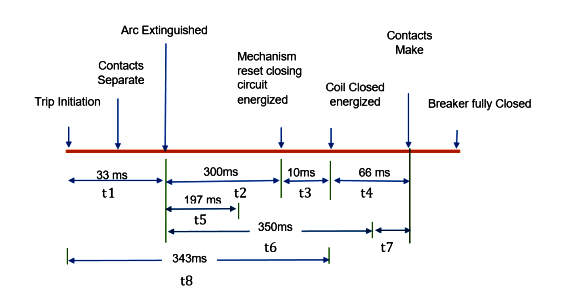
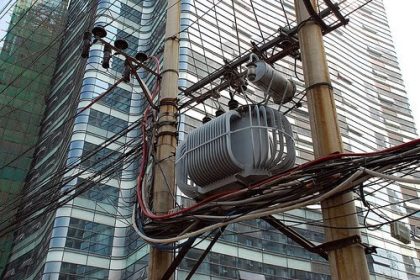
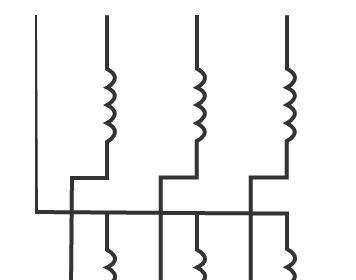
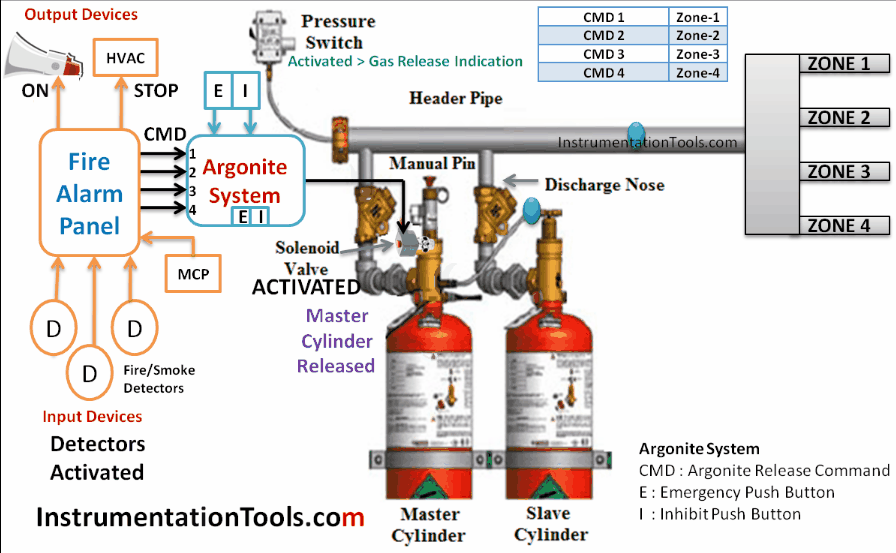



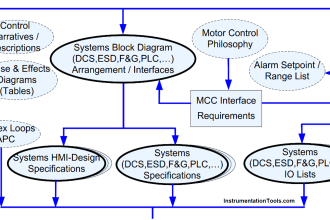

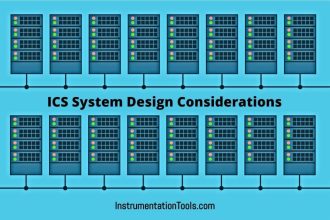

I need Hardware Circuit Diagram of Auto reclose Circuit breaker.